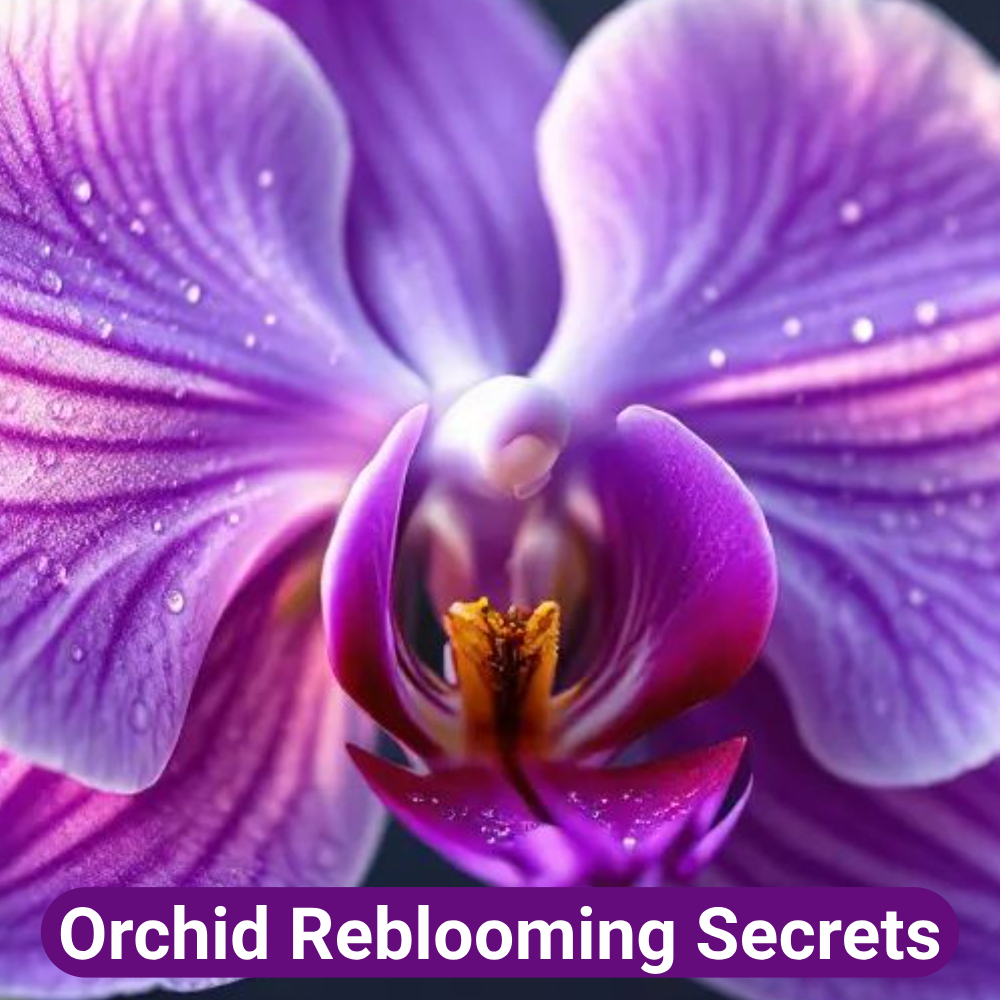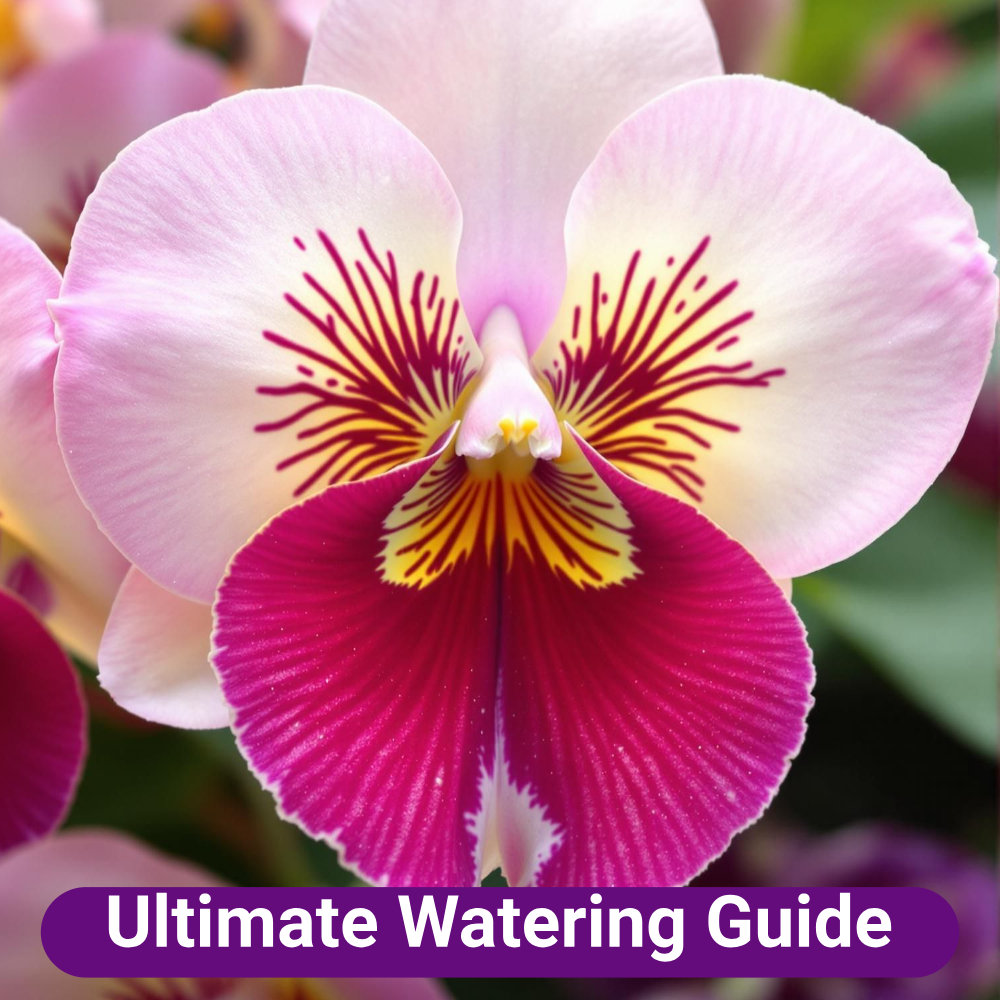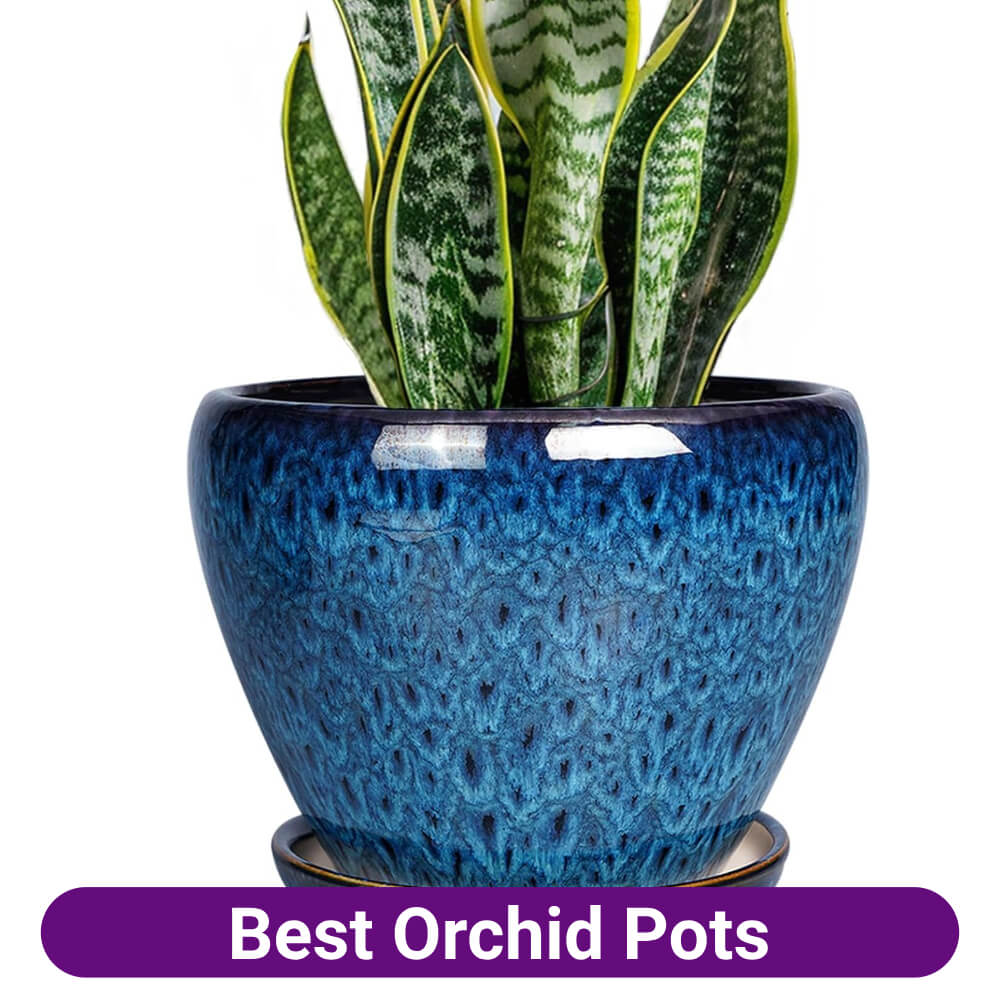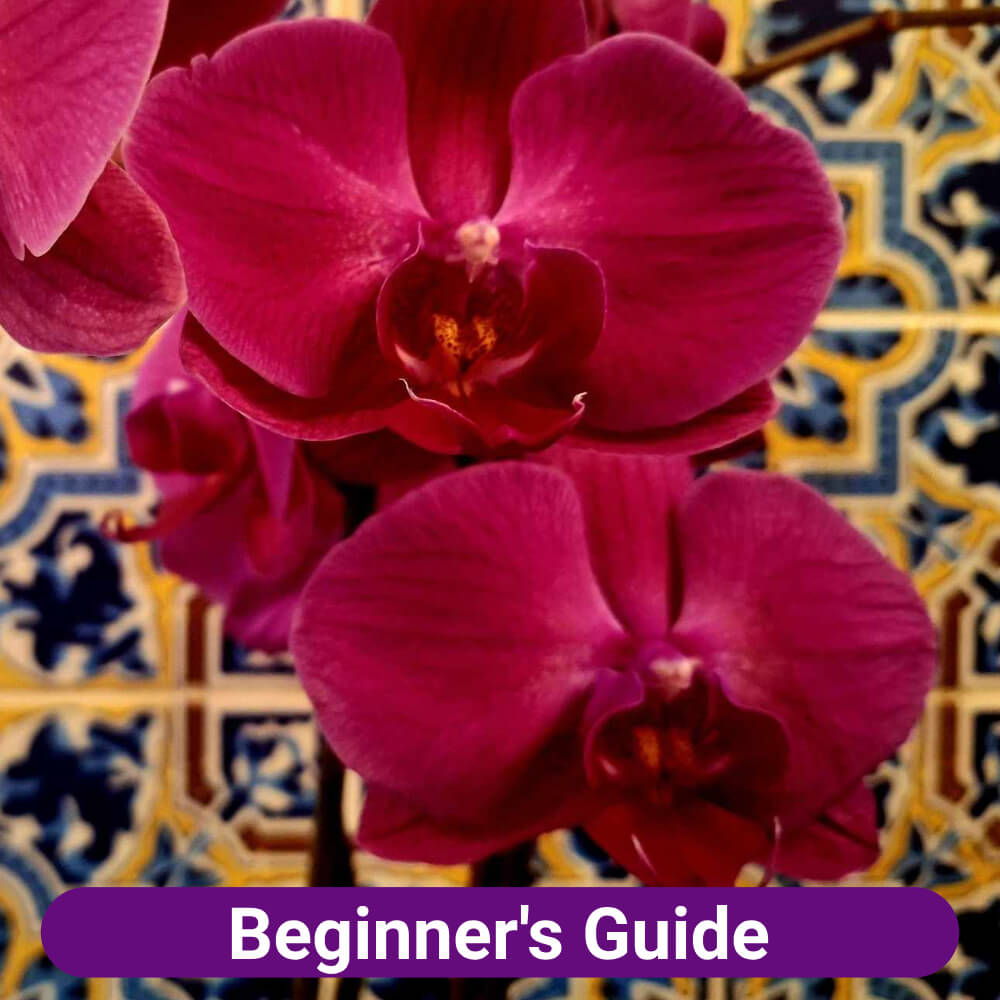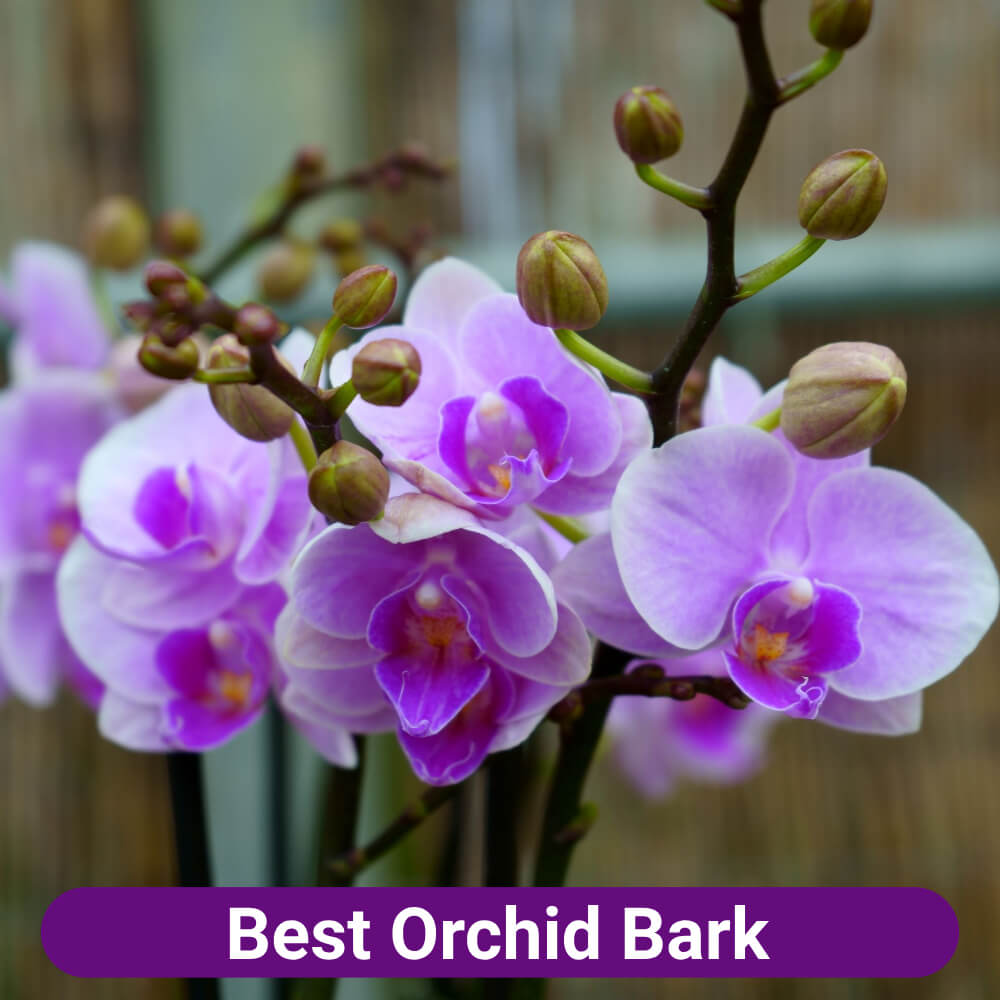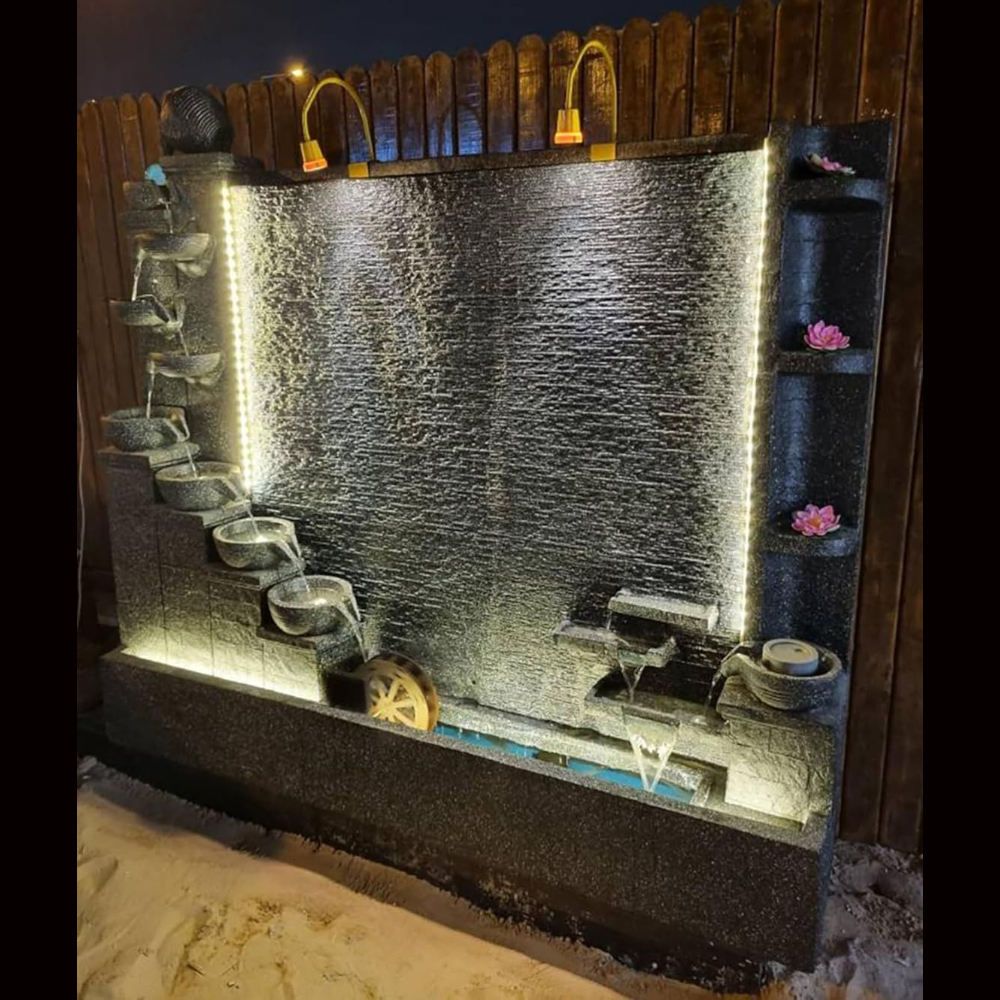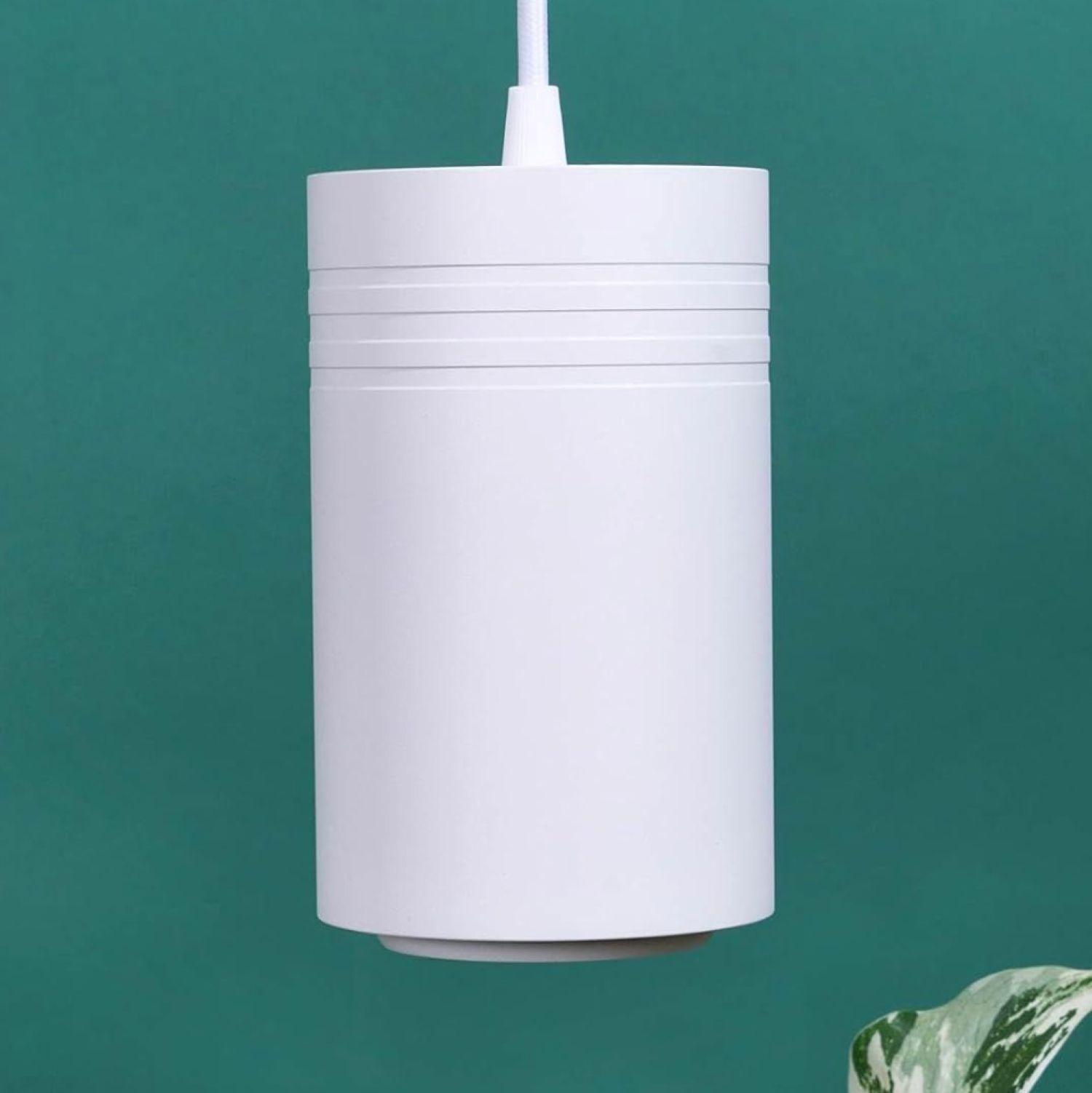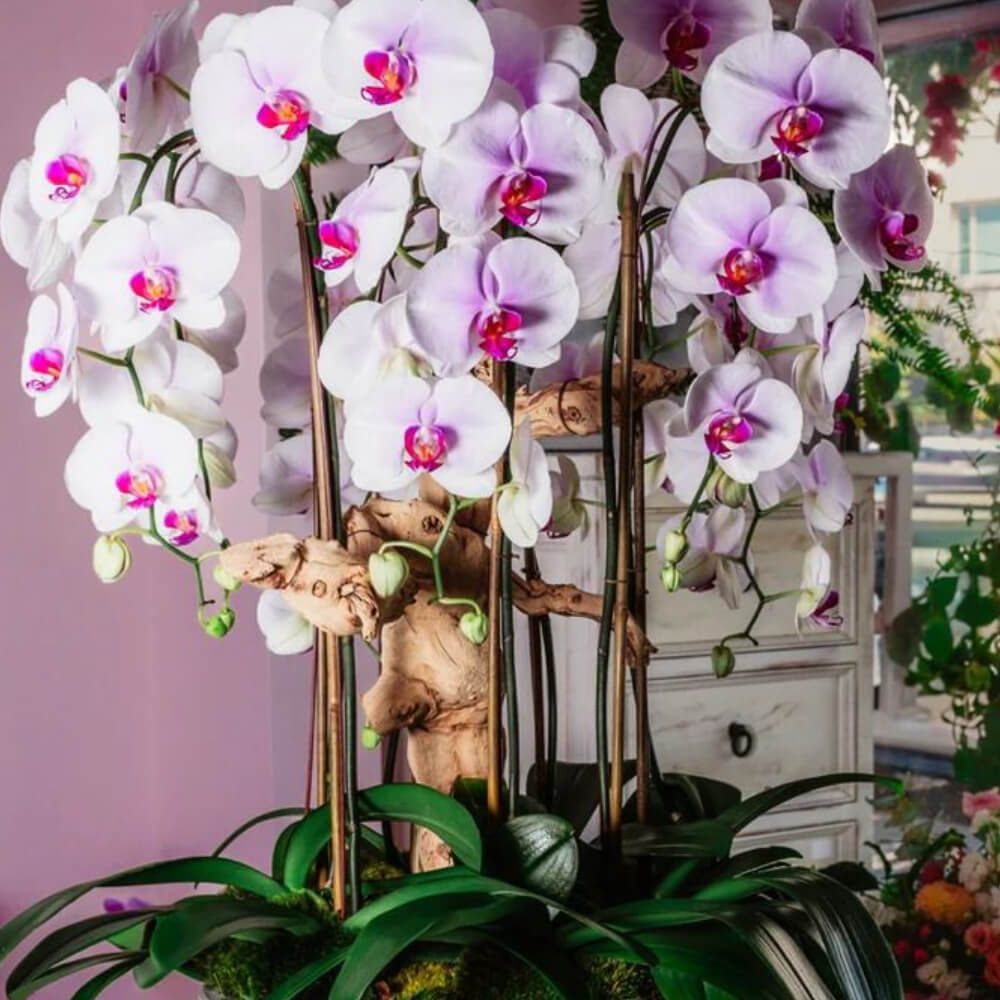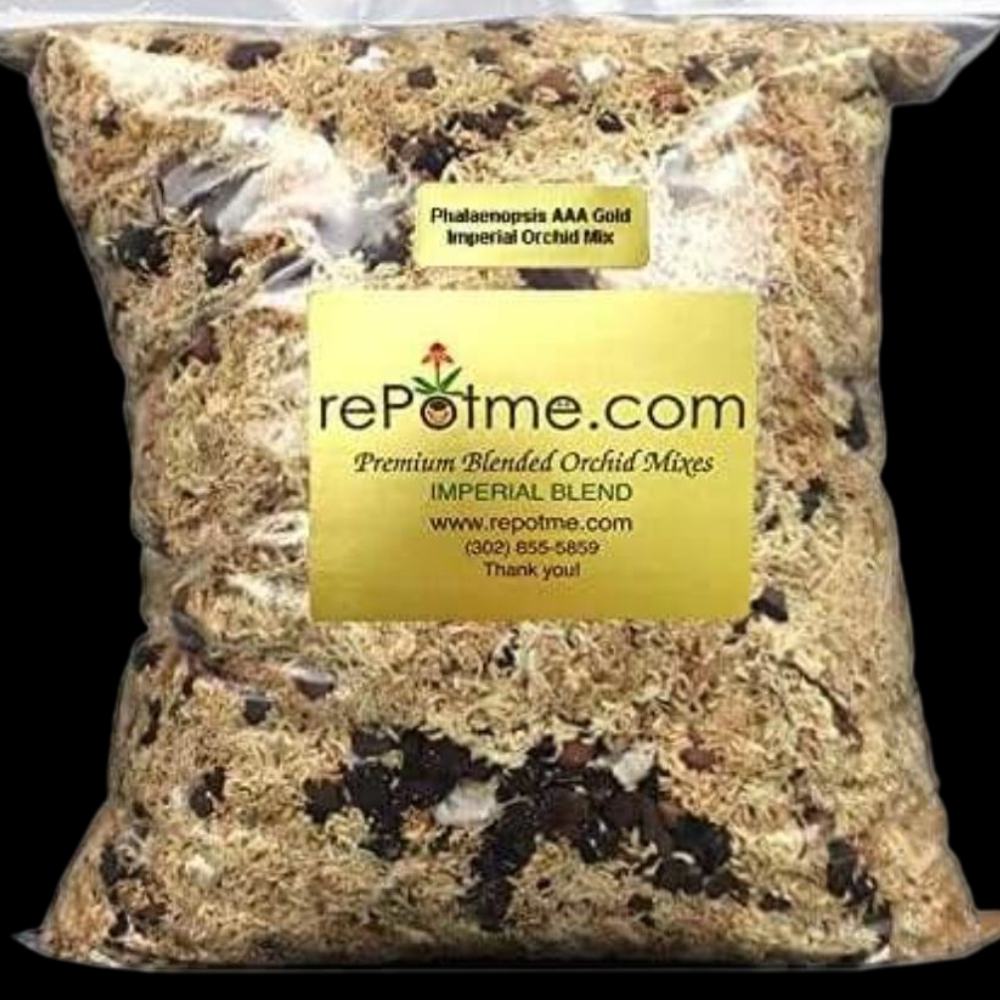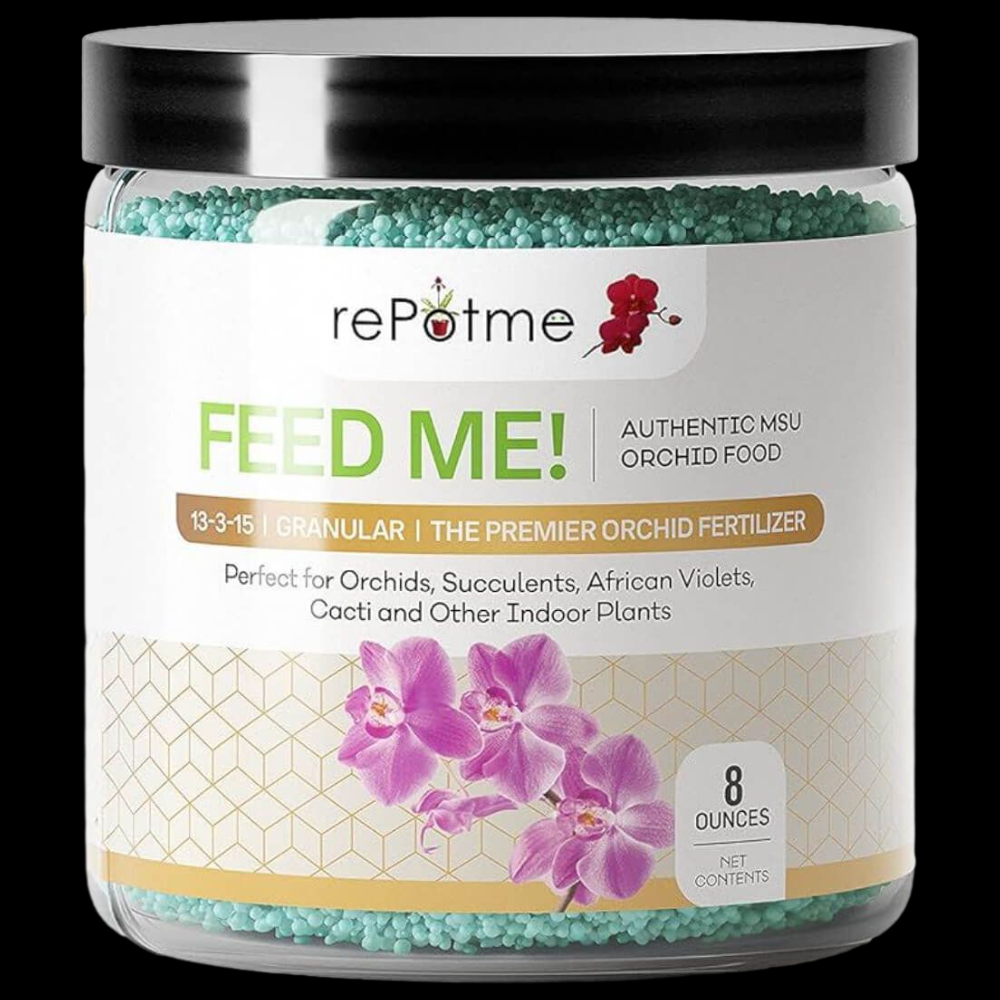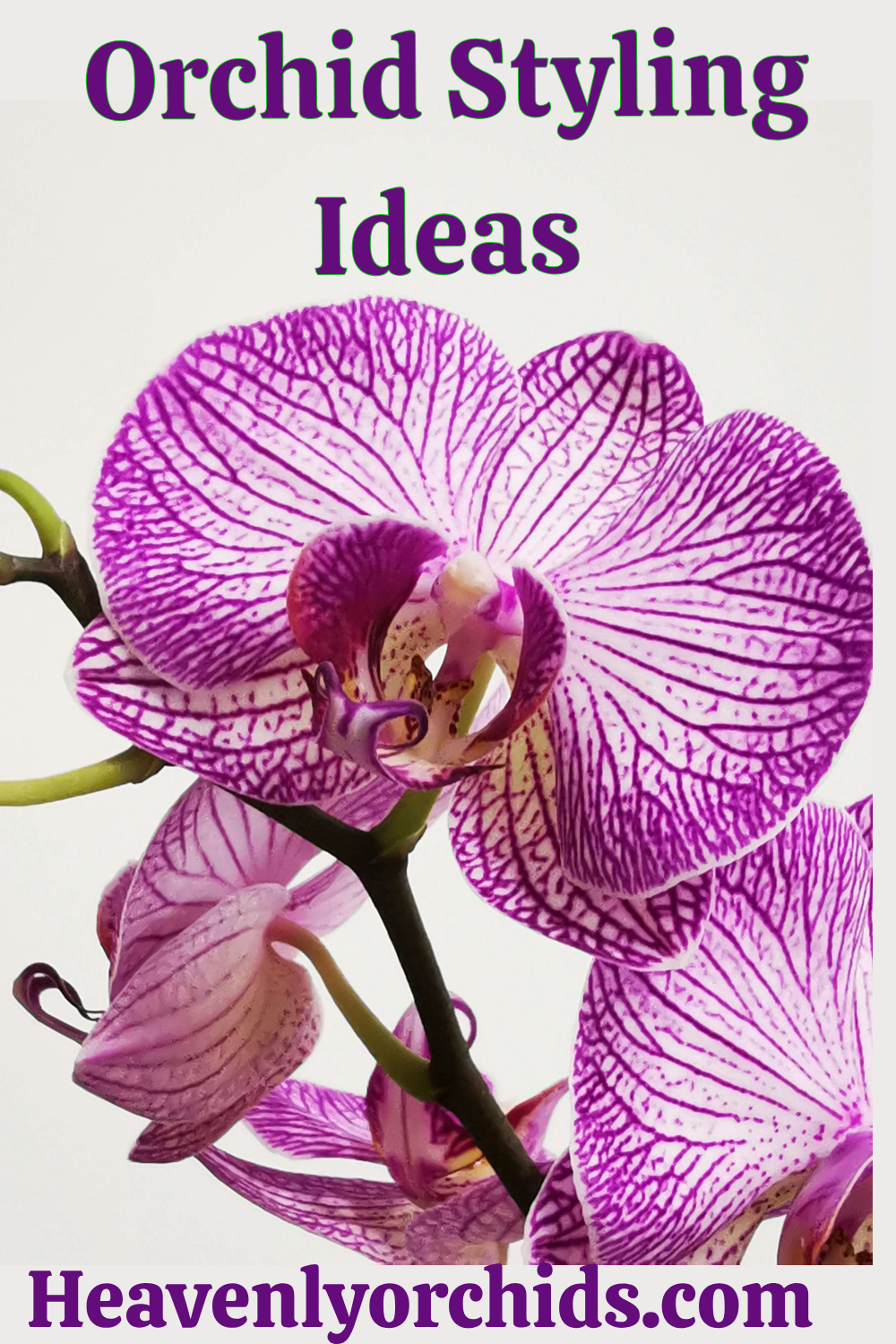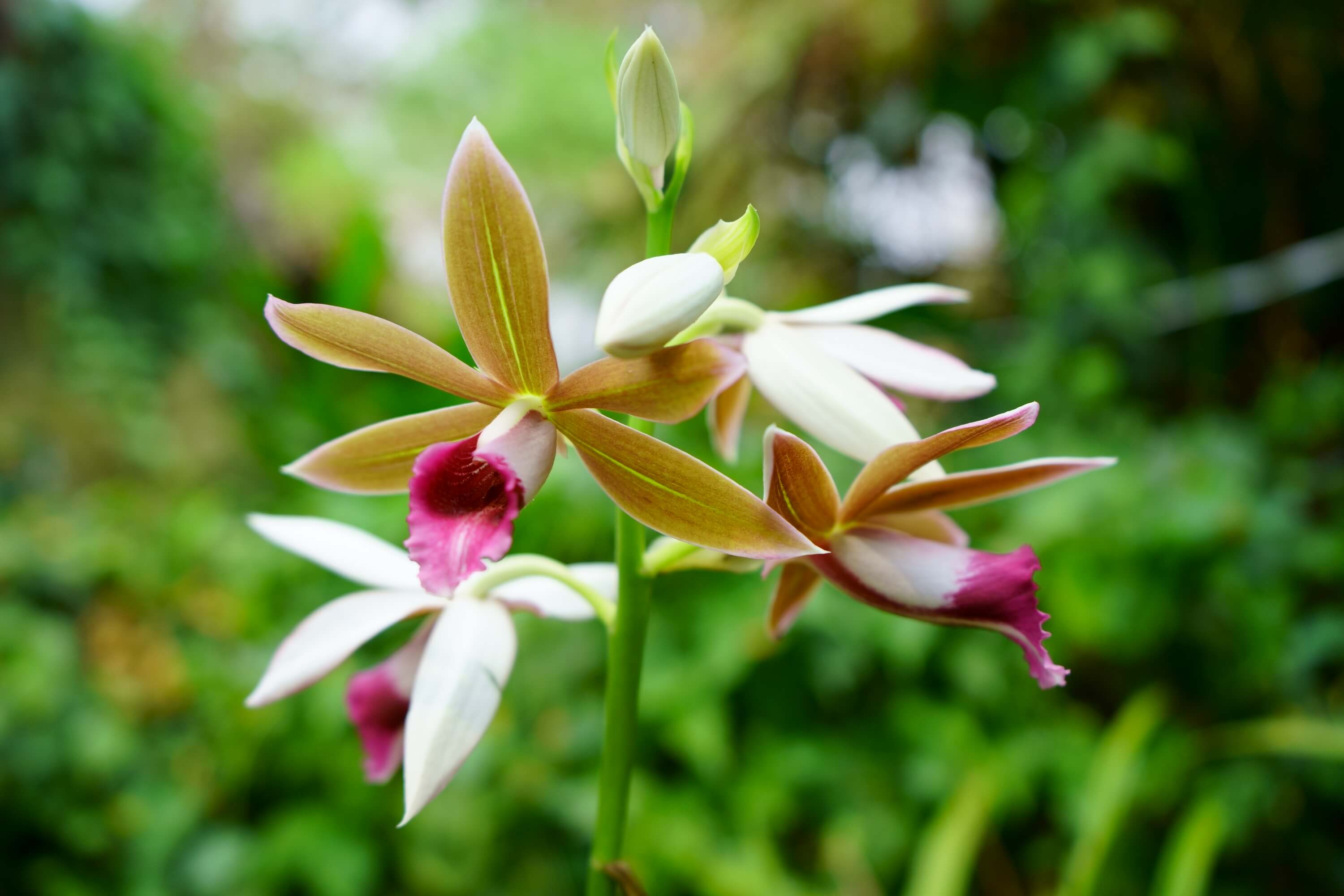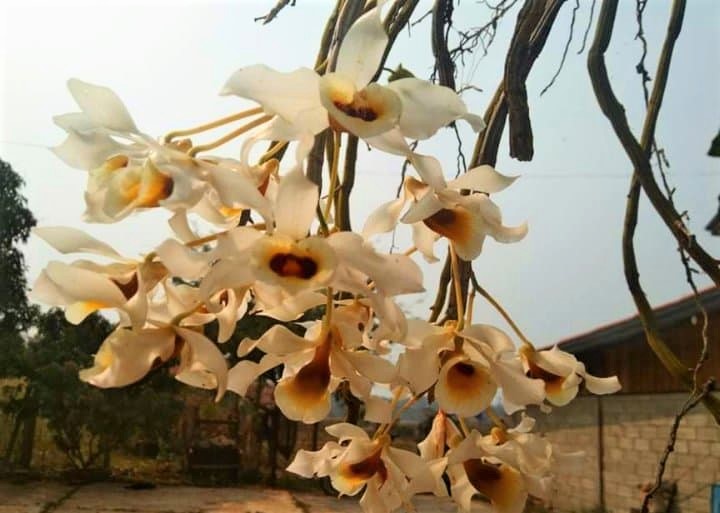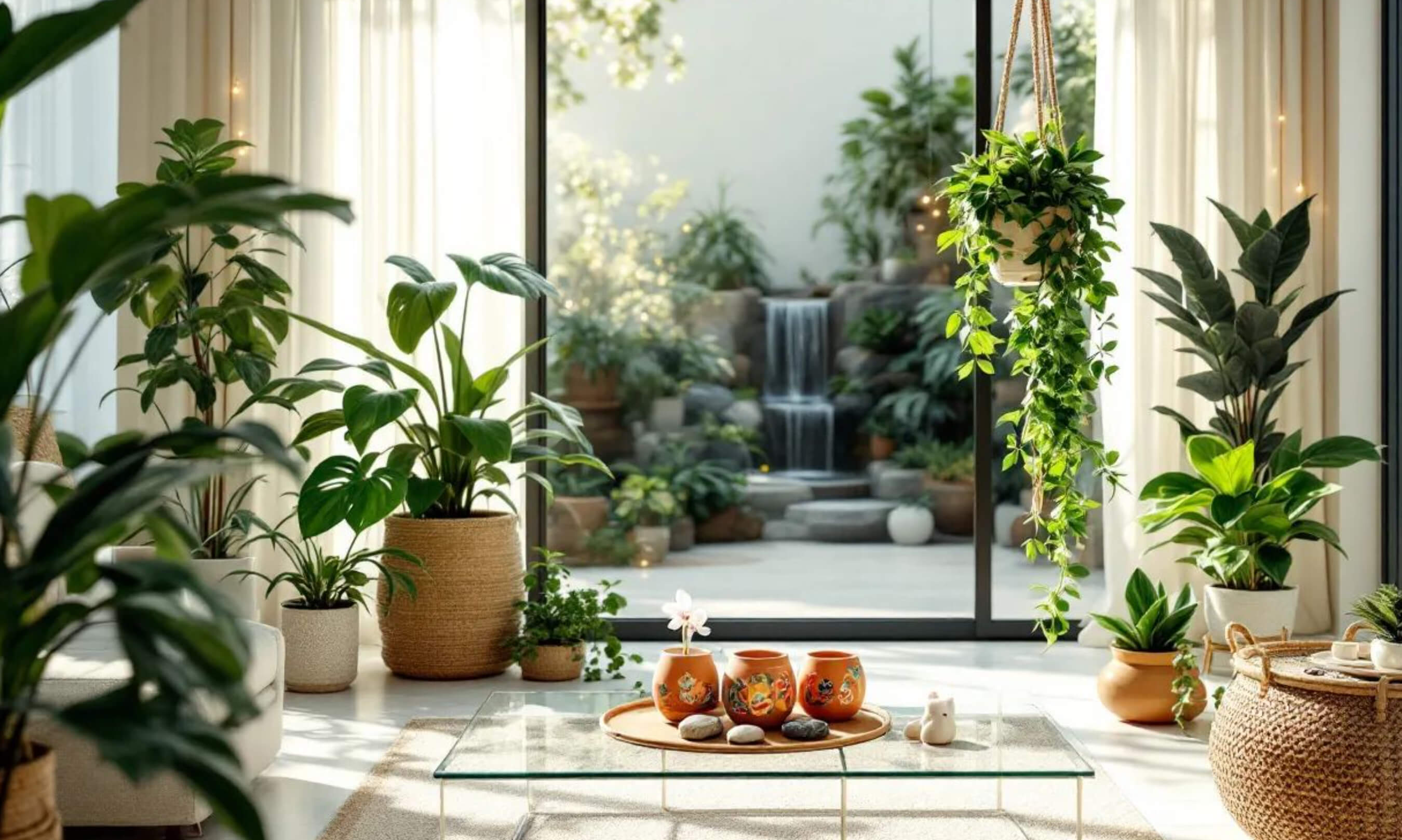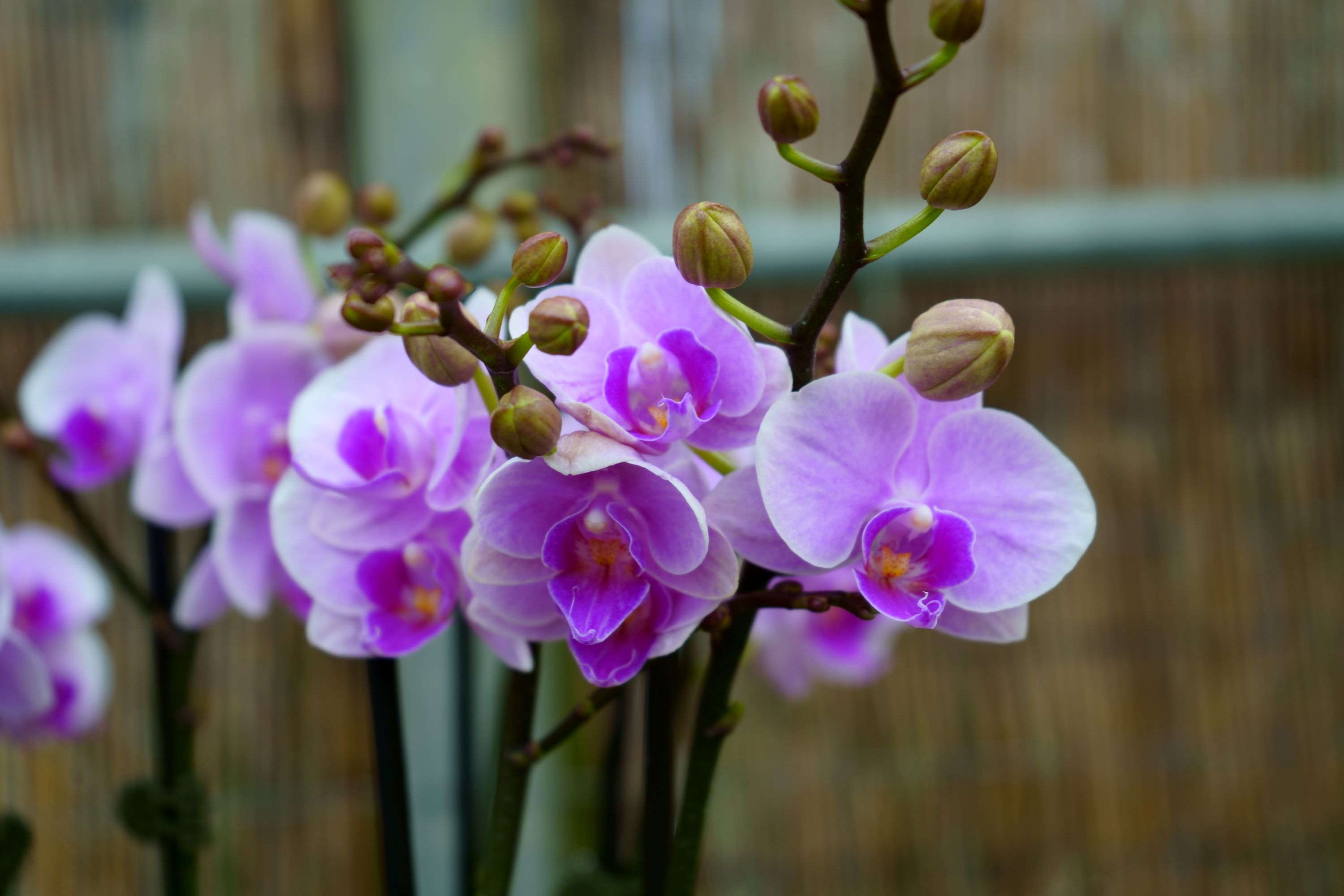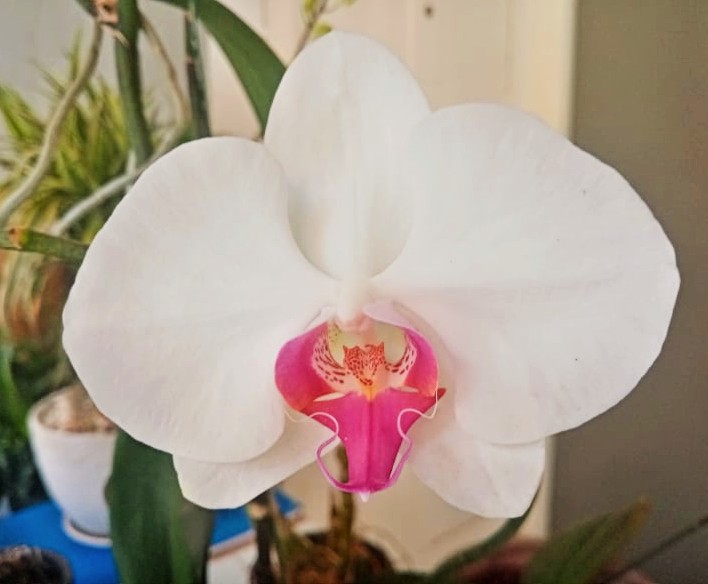Orchid Care Made Easy: Expert Guides & Tools for Thriving Blooms
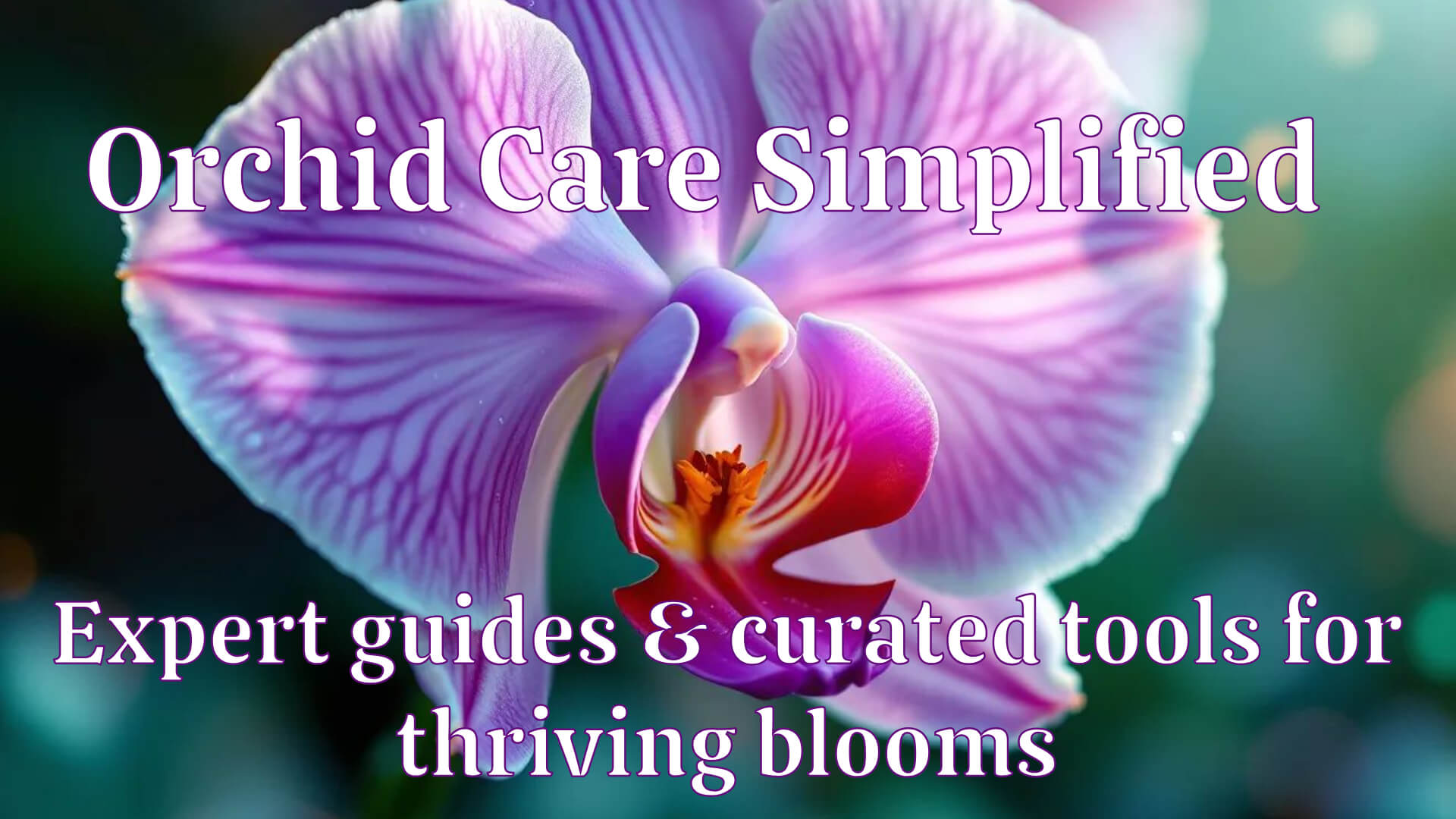
Get your free Phalaenopsis care guide + expert tips delivered monthly!
Want monthly tips? Subscribe here
New to Orchid Care? Start Here:
Why Choose Heavenly Orchids?
- Expert Guidance: Learn everything from orchid care basics to advanced techniques.
- Practical Tips: Avoid common mistakes and keep your orchids thriving.
- Beautiful Results: Enjoy the satisfaction of seeing your orchids rebloom year after year.
Join 10,000+ growers who’ve transformed their orchids with our methods.
Recommended Products
Orchid Care Quick Start: 3 Tools You’ll Love
We earn from qualifying purchases
The Right Water
Tap water’s chemicals (like chlorine) harm delicate orchid roots over time. Our top-rated reverse osmosis filter removes 99% of impurities—key for thriving blooms.
Perfect Pots
Orchids suffocate in standard pots. Orchid growers prefer to use clear aerated containers to be able to monitor roots. Showcase your orchids by then placing them in a decorative pot. Pro tip: Silvery green roots mean the orchid is sufficiently hydrated.
Fertilizer Simplified
A 'water weakly, weekly' fertilizer routine fuels growth without burn. We use rePotme MSU fertilizer for its balanced NPK ratio for orchids.
Orchid Care for Beginners: Top Picks
We only recommend products we’ve tested and love. Purchases support our site!
Orchid Care Basics
- Light: Bright, indirect sunlight. Keep out of direct sunlight. Why? In their natural habitat, orchids grow under tree canopies with dappled light. Direct sun scorches leaves (look for yellow or white patches), while too little light prevents blooming. Pro Tip: East-facing windows are ideal for Phalaenopsis; South-facing works with sheer curtains.
- Water: Water weakly (with fertilizer) weekly. See our Ultimate Guide to Watering Orchids!
- Temperature: 65-90°F days, slightly cooler at night.
- Humidity: Orchids like to absorb moisture from the air.
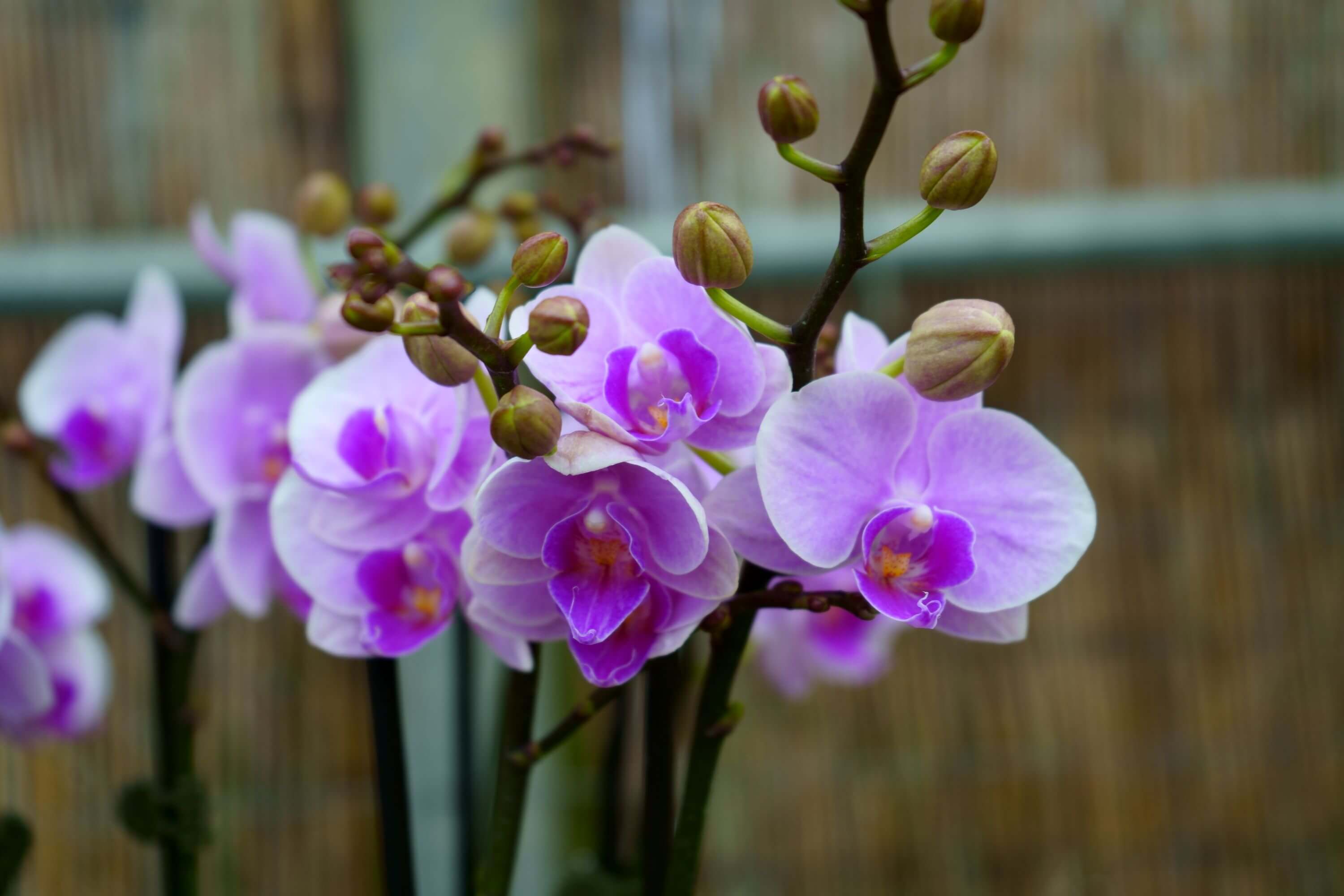
Orchids As Living Art
Elevate your home with these elegant styling tips:
- Designer’s Secret: Odd numbers (1, 3, 5 orchids) create visually balanced displays
- Morning ritual upgrade: Dew-covered blooms by your espresso machine.
- Bedroom sanctuary: Midnight orchid glow under amber LED strips."
- Work-from-home power move: A blood-red Cattleya dominates Zoom calls.
- Ultimate host flex: Floating orchid centerpiece over dining table.
- Explore More Design Ideas
These styling tricks reveal orchids’ true magic—they don’t just decorate spaces, they elevate realities. Now imagine your dream home blooming with that same effortless sophistication…
Disclosure: We earn a commission if you purchase through this link.
Frequently Asked Questions
Question: Why are my orchid leaves turning yellow?
Question: Why are my orchid leaves turning yellow?
Answer: Orchid leaves can turn yellow due to overwatering, underwatering, too much direct sunlight or nutrient deficiencies. See our guide about Orchid Leaves Turning Yellow.
Question: What should I do with the flower stem after flowering?
Question: What should I do with the flower stem after flowering?
Answer: It depends on the species of orchid. Some orchids like Phalaenopsis can rebloom from the same stem, while others need to be cut back. View our guide to Orchid Care After Flowering.
Question: My orchid wont flower, what should I do?
Question: My orchid wont flower, what should I do?
Answer: Ensure it receives adequate indirect light, experiences a slight temperature drop at night and is fertilized properly. For detailed instructions and tips visit our Orchid Reblooming Secrets page.
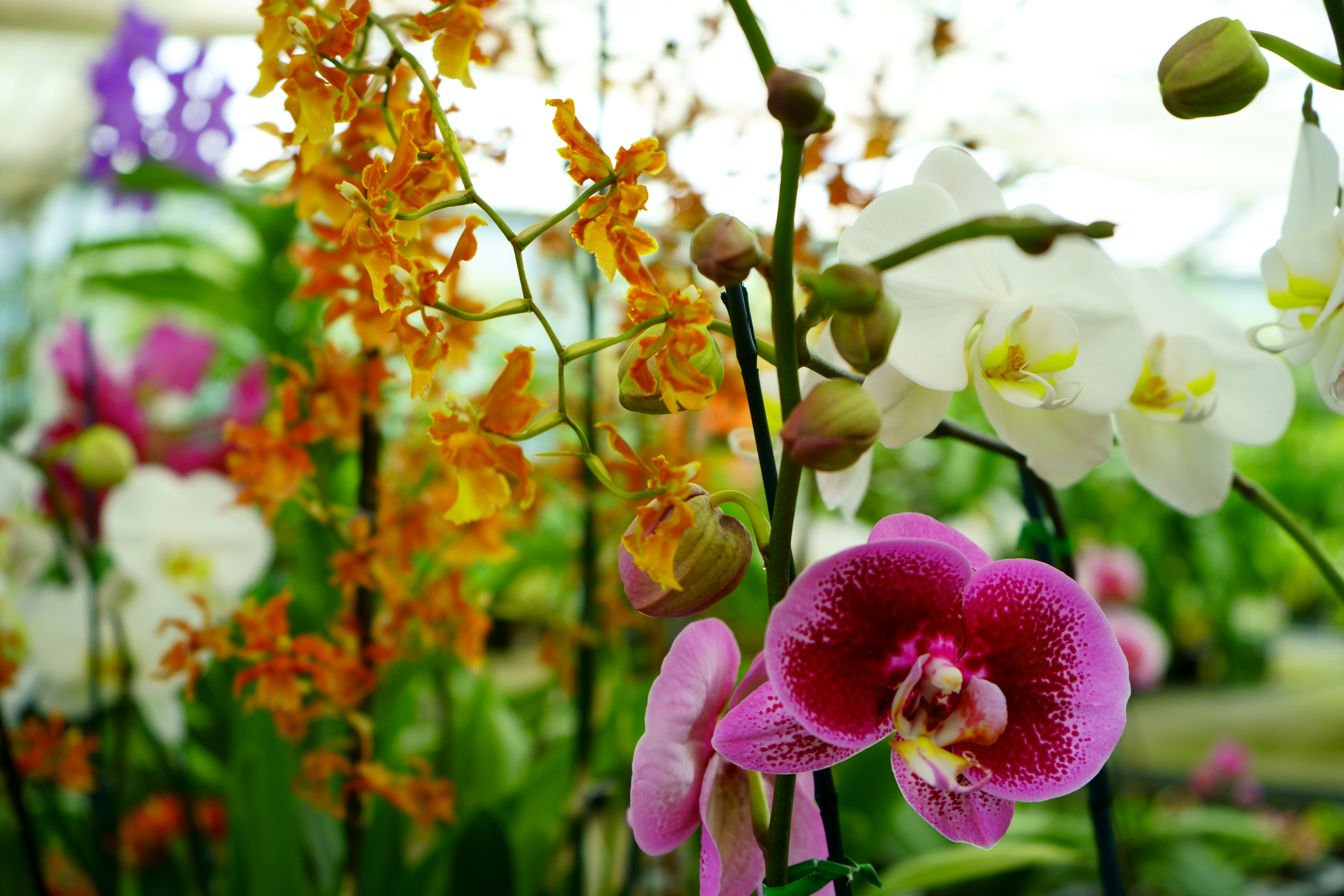
Advanced Tips
- Orchid Flower Spike Care: Is that a new spike or a root? Learn how to tell the difference.
- After Flowering Care: Trim spikes, adjust water, fertilize, and repot for healthy growth. Learn more!
- Interior Design with Orchids: Use orchids to elevate your home décor.
What Our Readers Say
“I finally got my orchid to rebloom after following Heavenly Orchids’ tips! Thank you!” – Sarah T.
“The free guide was a game-changer for me. My orchids have never looked better!” – Mark L.
When Sarah, a first-time orchid owner, almost killed her plant with tap water, she followed our reverse osmosis guide. Within months, her orchid rebloomed twice, proving that small tweaks yield big results
Join Our Newsletter
Sign up for monthly orchid care tips, exclusive photos, and special offers.
Follow Us on Pinterest for expert orchid care after flowering tips, stylish display ideas, and seasonal growing guides! Join our community of orchid lovers where we share:
- Step-by-step tutorials for repotting and propagation
- Trending terrarium designs for miniature orchids
- DIY mounting techniques for air plants and Vandas
- How to grow orchids in water culture
